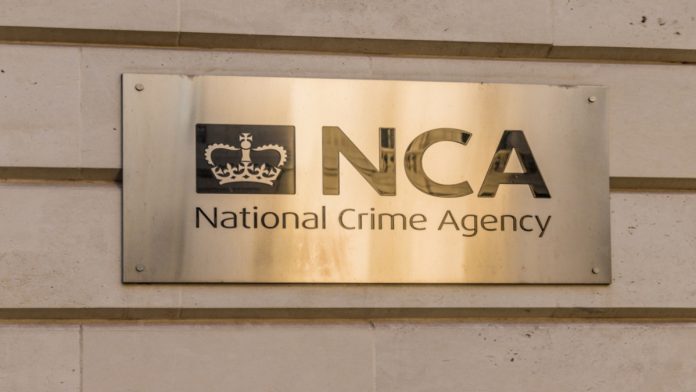The UK’s National Crime Agency (NCA) has issued an amber alert about the potential use of artwork for money laundering by individuals under Russia-related sanctions.
Artwork storage facilities have been cautioned to ensure all due diligence checks and processes are conducted regularly, and that any changes to client circumstances are logged and considered.
The NCA is, as its name suggests, the UK’s national law enforcement agency, often compared in the media to the FBI. In the aftermath of Russia’s invasion of Ukraine, the UK – like other nations and the EU – has placed sanctions on a number of Russian individuals and companies.
Upholding these sanctions has become one of the NCA’s responsibilities over the past two years, and the agency has noted that ‘high-net worth individuals’ such as Russian oligarchs often hold art in specialist storage facilities for investment or tax purposes.
However, the NCA is concerned that criminals and sanctioned individuals may be using these services to evade financial sanctions placed on businesses and assets and launder criminal proceeds.
Adrian Searle, Director of the National Economic Crime Centre at the NCA, said: “Sanctions evaders undermine UK national security, working against our foreign policy objectives which promote international peace and security, and the rule of law.
“For this reason it is vital that we close down every opportunity they may seek to exploit. The potential value that can be transferred through the art market makes the sector as a whole attractive to criminals, money launderers and designated individuals.
“This is why we need the sector to increase its vigilance and embrace their role as the gatekeeper of the legitimate art market.”
Some examples of artwork’s use of money laundering have been revealed by the NCA. The first of these concerned a member of Lebanese militant group Hezbollah, who was found to be sorting around £1m worth of fine artwork in UK storage facilities.
Another example saw an organised crime group member develop a ‘close personal relationship’ with a shipping company, which provided the individual in question with shipping facilities for ‘cultural properties’ which were either fakes or had been ‘illicitly removed’.
Artwork storage facilities have been given a list of potential indicators of criminal activity by the NCA. These include:
- Change in client circumstances. Facilities are urged to regularly check the status of their clients, due to individuals being regularly added to sanction lists.
- Attempts to transfer artwork or cultural property ownership to a family member, close contact, business associate or other intermediary.
- Attempt to sell artwork or cultural property quickly, or move it to another jurisdiction.
- Regular payments from an unclear source. This may be an attempt to conceal the Ultimate Beneficial Owner (UBO) of artwork.
- Use of front or shell companies, or complex corporate or trust structures where the UBO is unclear.
- Requests to store objects that are stolen or subject to restrictions.
- Use of financial services to acquire, sell or ship artworks or cultural property in and out of specialist storage facilities.




















